Increased Adoption in Various Industries
The Ultrasonic Flaw Detector Market is witnessing increased adoption across a multitude of sectors, including aerospace, automotive, and manufacturing. This trend is driven by the need for stringent quality control measures and compliance with safety regulations. For instance, the aerospace sector relies heavily on ultrasonic testing to ensure the integrity of critical components, thereby preventing catastrophic failures. According to recent data, the automotive industry has also seen a significant uptick in the use of ultrasonic flaw detectors, with a projected market growth rate of approximately 6% annually. This widespread acceptance across diverse industries suggests a strong and sustained demand for ultrasonic flaw detection technologies, as organizations prioritize the reliability and safety of their products. Consequently, the Ultrasonic Flaw Detector Market is poised for continued expansion as more sectors recognize the value of these advanced inspection tools.
Regulatory Compliance and Safety Standards
The Ultrasonic Flaw Detector Market is significantly influenced by the increasing emphasis on regulatory compliance and safety standards across various sectors. Governments and industry bodies are implementing stringent regulations to ensure the safety and reliability of products, particularly in critical industries such as oil and gas, aerospace, and construction. These regulations necessitate regular inspections and testing of materials, thereby driving the demand for ultrasonic flaw detectors. For instance, the American Society for Testing and Materials (ASTM) has established guidelines that require the use of advanced testing methods, including ultrasonic testing, to meet safety standards. As companies strive to comply with these regulations, the Ultrasonic Flaw Detector Market is likely to experience robust growth, as organizations invest in reliable inspection technologies to mitigate risks and enhance safety.
Shift Towards Portability and User-Friendliness
The Ultrasonic Flaw Detector Market is undergoing a notable shift towards the development of portable and user-friendly devices. As industries increasingly require on-site inspections, the demand for lightweight and compact ultrasonic flaw detectors is growing. Manufacturers are responding by designing handheld models that maintain high performance while enhancing ease of use. This trend is particularly evident in sectors such as construction and field services, where mobility is essential. Additionally, user-friendly interfaces and intuitive controls are becoming standard features, making it easier for operators to conduct inspections without extensive training. This shift not only broadens the potential user base but also increases the efficiency of inspections, thereby driving market growth. The emphasis on portability and user-friendliness indicates a significant evolution within the Ultrasonic Flaw Detector Market, aligning with the needs of modern industries.
Growing Investment in Infrastructure Development
The Ultrasonic Flaw Detector Market is benefiting from the growing investment in infrastructure development across various regions. Governments and private entities are allocating substantial resources towards the construction and maintenance of infrastructure, including bridges, roads, and buildings. This trend is particularly pronounced in emerging economies, where rapid urbanization is driving the need for robust inspection technologies. Ultrasonic flaw detectors play a crucial role in ensuring the structural integrity of these projects, as they enable the detection of hidden defects that could compromise safety. As infrastructure projects become more complex, the demand for advanced ultrasonic testing solutions is expected to rise. This influx of investment in infrastructure development suggests a promising outlook for the Ultrasonic Flaw Detector Market, as stakeholders prioritize quality assurance and safety in their projects.
Technological Advancements in Ultrasonic Flaw Detectors
The Ultrasonic Flaw Detector Market is experiencing a surge in technological advancements, which are enhancing the capabilities and performance of these devices. Innovations such as phased array technology and advanced signal processing algorithms are enabling more accurate and efficient detection of flaws in materials. These advancements not only improve the reliability of inspections but also reduce the time required for testing. As industries increasingly prioritize safety and quality assurance, the demand for state-of-the-art ultrasonic flaw detectors is likely to rise. Furthermore, the integration of artificial intelligence and machine learning into these devices is expected to revolutionize the market, allowing for predictive maintenance and real-time data analysis. This trend indicates a robust growth trajectory for the Ultrasonic Flaw Detector Market, as companies seek to leverage cutting-edge technology to enhance their operational efficiency.


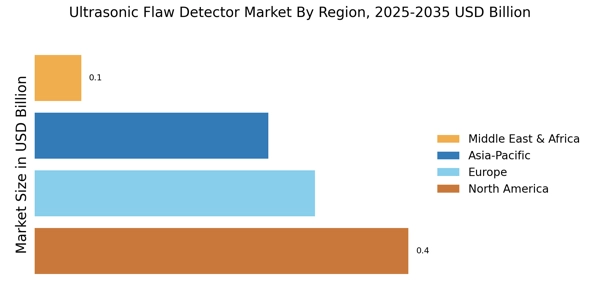

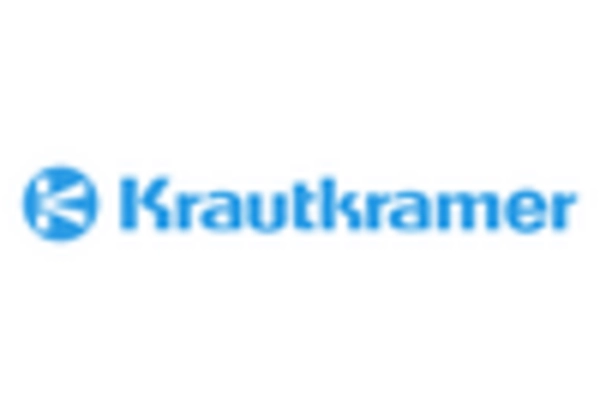
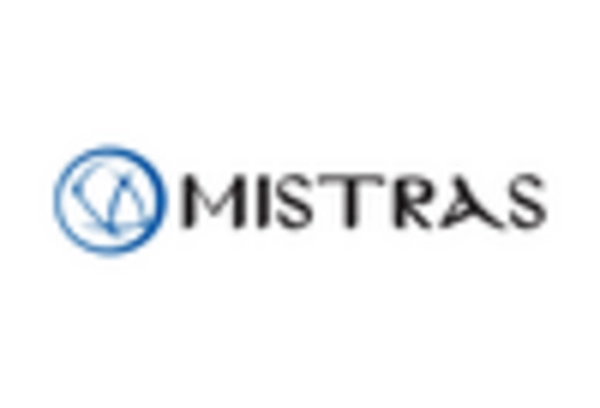
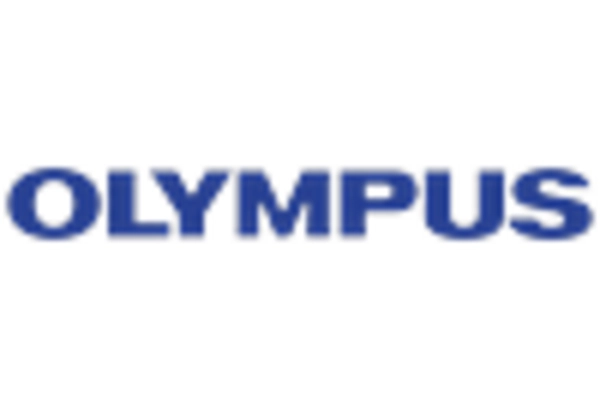

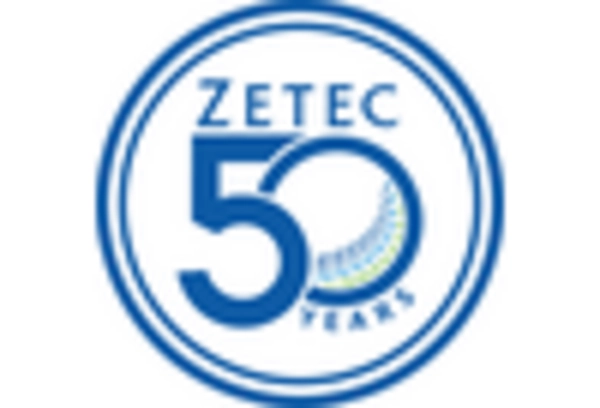








Leave a Comment